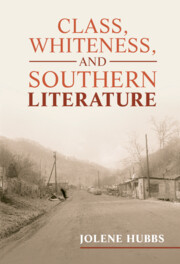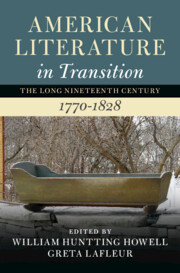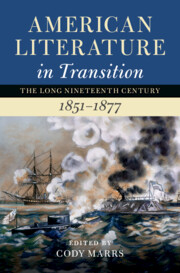Class, Whiteness, and Southern Literature
Class, Whiteness, and Southern Literature explores the role that representations of poor white people play in shaping both middle-class American identity and major American literary movements and genres across the long twentieth century. Jolene Hubbs reveals that, more often than not, poor white characters imagined by middle-class writers embody what better-off people are anxious to distance themselves from in a given moment. Poor white southerners are cast as social climbers during the status-conscious Gilded Age, country rubes in the modern era, racist obstacles to progress during the civil rights struggle, and junk food devotees in the health-conscious 1990s. Hubbs illuminates how Charles Chesnutt, William Faulkner, Flannery O'Connor, Dorothy Allison, and Barbara Robinette Moss swam against these tides, pioneering formal innovations with an eye to representing poor white characters in new ways.
- Offers readers insights into literature's role in class formation and class cohesion
- Explores the dynamic relationship between social anxieties and literary forms, setting forth a methodology for studying how class shapes American literature
- Reads major works from literary movements and genres across the long twentieth century—local color fiction, modernism, civil rights literature, and grit lit—in terms of how they engage with poor white life in the forms they take as well as the stories they tell
Product details
December 2022Adobe eBook Reader
9781009250634
0 pages
This ISBN is for an eBook version which is distributed on our behalf by a third party.
Table of Contents
- Introduction: Poor White Southerners in the American Imaginary
- 1. Riffraff and Half-Strainers: Charles W. Chesnutt and Regionalism
- 2. Slow, Sweating, Stinking Bumpkins: William Faulkner and Modernism
- 3. Civil Rights and Uncivil Whites: Flannery O'Connor and Southern Women's Midcentury Writing
- 4. Hungry Women and Horny Men: Dorothy Allison, Barbara Robinette Moss, and Grit Lit
- Coda.





